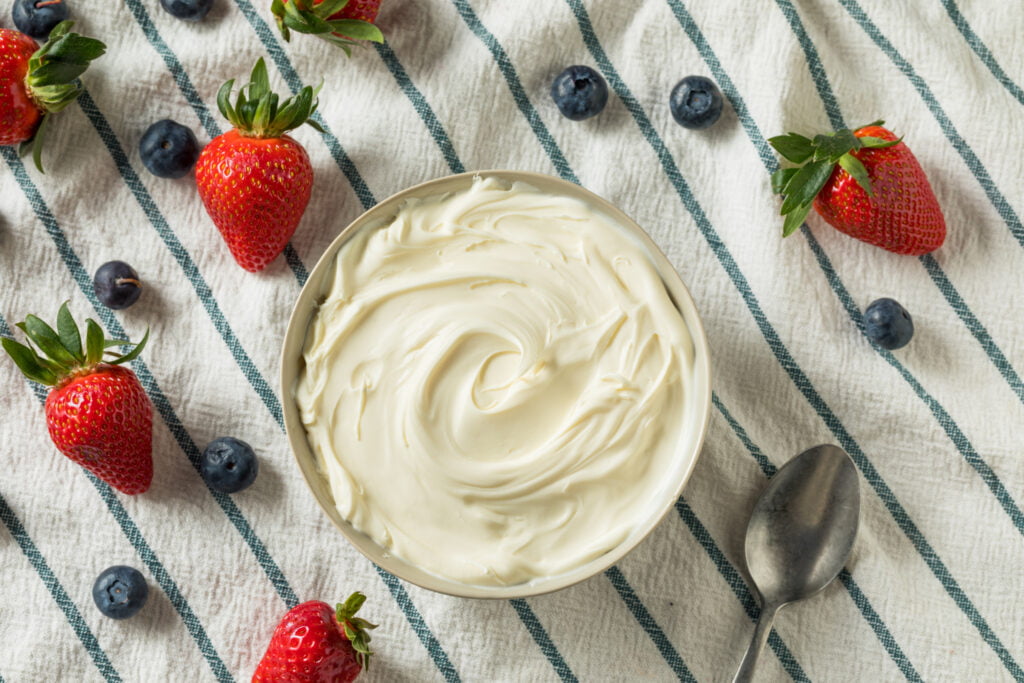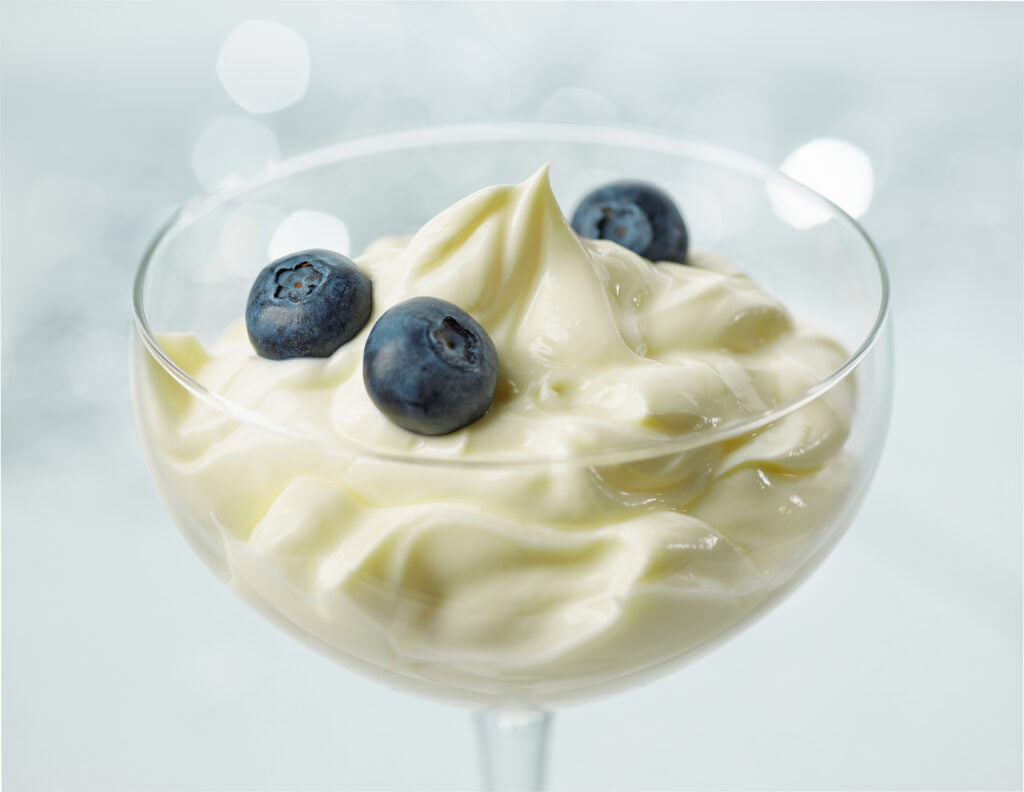18 Fascinating Facts About Mascarpone Cheese

Mascarpone is a creamy, decadent cheese that adds luxurious richness to both sweet and savory dishes. This Italian cream cheese has a smooth, spreadable texture and a subtle milky flavor that complements everything from coffee to fruit.
While mascarpone may look simple, this cheese has a fascinating history and culinary versatility. Read on to uncover 18 interesting facts about mascarpone that will give you a new appreciation for this delicious ingredient!
A Brief Overview of Mascarpone
Before diving into the details, let’s start with a quick rundown on what exactly mascarpone is:
- Origin: Mascarpone is an Italian cheese that originated in the Lombardy region of Italy.
- Texture: It has a thick, creamy, spreadable texture similar to cream cheese.
- Flavor: The taste is mild, sweet, and tangy with a rich, buttery flavor.
- Fat Content: Mascarpone is high in fat, typically around 40-60% milk fat. This gives it a smooth, velvety mouthfeel.
- Uses: Popular uses include tiramisu, cheesecake, frosting, fillings, and dips. It also pairs well with coffee, chocolate, and fruit.
Now that you have a general overview, let’s uncover some fascinating facts about this luxurious cream cheese!
Interesting Facts About Mascarpone Cheese

1. Mascarpone dates back to the 16th or 17th century
The exact origins of mascarpone are unclear, but it likely dates back to the 16th or 17th century in the Lombardy region of Italy. Some accounts trace it back to the town of Lodi.
2. Its name comes from “mascarpa” meaning “ricotta cheese“
The name mascarpone comes from the Italian word “mascarpa” which referred to the ricotta cheese byproduct leftover from making other cheeses. Eventually, mascarpone evolved into its own distinct cheese.
3. Mascarpone is made from cream
Unlike many cheeses, mascarpone is made solely from cream rather than a combination of milk and cream. The cream is heated, then acidified with vinegar, lemon juice, or citric acid to thicken it.
4. It was originally a byproduct of Parmesan production
Early mascarpone production utilized the whey byproduct from Parmesan cheesemaking. The whey was reheated and acidified to produce the thick mascarpone cream cheese.
5. Mascarpone is not aged
Unlike hard cheeses that are aged, mascarpone is consumed fresh. It does not undergo a fermentation or aging process to develop flavor.
6. It is lower in protein than other cheeses

Since mascarpone is made from cream, it contains less protein than cheeses made from milk. It has about 5-8% protein compared to 20-30% protein in aged cheeses.
7. Mascarpone has a high fat content
This cheese gets its rich, creamy texture from its high-fat content. Authentic mascarpone contains at least 60% milk fat. Some versions have up to 75% fat content.
8. It is made in small batches
Compared to mass-produced cheeses, mascarpone is often made in small artisanal batches for enhanced quality and flavor. However, some large creameries do manufacture it on a bigger scale.
9. Mascarpone is not always vegetarian
While authentic mascarpone only contains cream and acid, some commercial versions add thickeners and stabilizers that may come from animal sources. Check labels if avoid animal-derived ingredients.
10. It is used in many iconic Italian desserts

Tiramisu, zabaglione, cannoli filling, and panna cotta all feature mascarpone. Its rich flavor and silky texture make it perfect for desserts.
11. Mascarpone pairs well with sweet flavors
The mild, subtly sweet taste of mascarpone complements ingredients like chocolate, caramel, honey, maple syrup, and jams or preserves.
12. It can be used in savory dishes
In addition to desserts, mascarpone works in savory recipes like pastas, risottos, dips, and sauces. It provides creamy richness without overpowering other flavors.
13. Storage is important for freshness
To maintain quality, mascarpone should be kept refrigerated. After opening, use within 7-10 days for the best flavor and texture.
14. It can be made at home

With just heavy cream, an acidic ingredient like lemon juice or vinegar, and salt, you can easily make fresh mascarpone at home.
15. Mascarpone has a higher fat content than cream cheese
Cream cheese is made with a mixture of milk and cream. Mascarpone is purely cream-based, giving it more fat and a richer density.
16. It is not always imported from Italy
While authentic mascarpone hails from Italy, mascarpone-style cheeses are produced around the world. But only Italian mascarpone is DOC (Protected Designation of Origin) certified.
17. Mascarpone is not always “real” mascarpone
Outside of Italy, products labeled “mascarpone” may not follow traditional methods. They are essentially mascarpone-style cream cheeses rather than true mascarpone.
18. It is the key ingredient in tiramisu
The iconic Italian dessert tiramisu relies on the rich flavor and airy texture of mascarpone. It is used to create creamy filling and light mousse-like layers.
Key Takeaways on Mascarpone Cheese
So there you have it – a comprehensive guide to mascarpone cheese! From its origins in Italy to its many uses in the kitchen, this cheese has a lot more depth than meets the eye. The next time a recipe calls for mascarpone, you’ll truly appreciate just how special this ingredient is.






